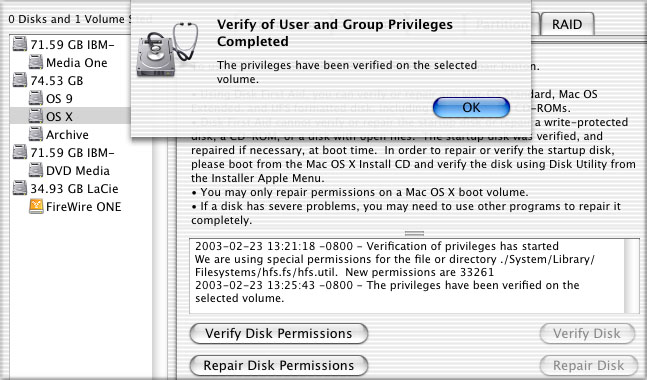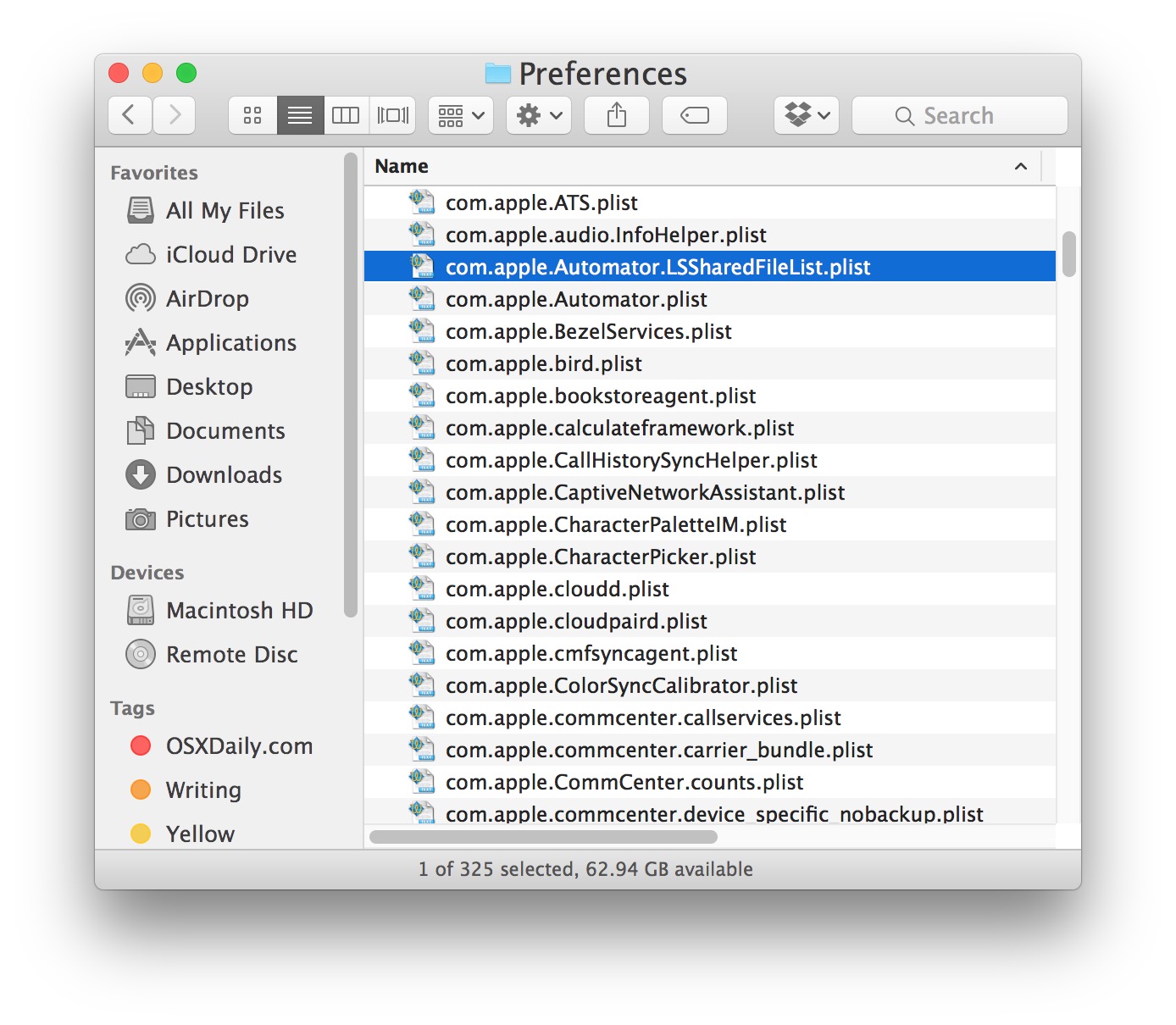How To Replace System Library Files Mac Os X
The Library folder, at the root level of your OS X hard drive, is like a public library; it stores items available to everyone who logs into any account on this Mac.
- How To Replace System Library Files Mac Os X Lion
- How To Replace System Library Files Mac Os X 10 7 Download Free
- How To Replace System Library Files Mac Os X El Capitan
- How To Replace System Library Files Mac Os X Download
Oct 25, 2019 Migration Assistant copies all of your files to your new Mac so that you don't have to copy your files manually. If your files are currently on a Windows PC, follow the PC migration steps instead. If your new Mac is using OS X Mountain Lion v10.8 or earlier, follow the Mountain Lion migration steps instead.
Feb 13, 2020 Mac OS X System & Mac Software All questions and problems related to running OS X should be posted here as well as those for miscellaneous software not more specifically covered in other forums. Please read other forum descriptions before posting here. How to install latest version of openssl Mac OS X El Capitan. '/System/Library/OpenSSL' How can I replace the old version with the new one? Your system now. Use Font Book to remove fonts. To remove a font, select it in Font Book’s Font list, and press Delete or choose File - Remove FontName. The font file is (usually) moved to the Trash, so if you don’t want it erased the next time you empty the Trash, you have to drag it out and store it someplace.
There are actually three or more Library folders on your hard drive:
At the root level of your OS X disk
In the root-level System folder
In each user’s Home folder
Now, here’s the scoop on your various Library folders:
The “Public” Library: You find a bunch of folders inside the Library folder at root level (the “public” Library folder). Most of them contain files that you never need to open, move, or delete.
By and large, the public Library subfolder that gets the most use is the Fonts folder, which houses many of the fonts installed on the Mac.
System Library: This is the nerve center of your Mac. In other words, you should never have to touch this particular Library folder.
Leave the/System/Libraryfolder alone. Don’t move, remove, or rename it, or do anything within it.
Library in each user’s Home folder: This is where OS X stores configuration and preferences files for each user account.
The locations of all these libraries are illustrated here.

If your Mac is set up for multiple users, only users with administrator (admin) privileges can put stuff in the public (root-level) Library folder.
Home > Articles > Apple > Operating Systems
␡- The Libraries of Mac OS X: /System/Library
This chapter is from the book
This chapter is from the book
The Libraries of Mac OS X: /System/Library
I now take a more detailed look at the contents of each of the main Library folders in Mac OS X, starting with /System/Library. The number and variety of files and folders in any of these Library folders are far too great for me to cite even a bare majority of them. so I will limit the list to the ones that are most relevant for any troubleshooting you may have to do. Feel free to open these folders and browse around yourself, however. There is no fee for just looking.
Figure 4.8 The /System/Library folder (partial view; items A through I seen).

Core Services
Core Services is the most critical folder in the /System/Library folder. Like the System folder itself, it has an X on it to denote its special status. It contains the BootX file, required for starting up from Mac OS X (as described in Chapter 5). Open library folder mac terminal.
The folder also contains the Dock, Finder Classic Startup, Help Viewer, and Software Update applications, as well as the loginwindow process (also covered in Chapter 5) and the Menu Extras (covered in Chapter 3). There are also fake Mac OS 9 Finder and System files, created so that Carbon applications that expect to see these Mac OS 9-type files will 'find' them. Yes, you will see the word Fake used in the Version description in the files' Show Info windows.
The SystemVersion.plist file determines what Mac OS X version is listed in the About This Mac window.
Figure 4.9 Some of the files and directories in the Core Services folder.
CFMSupport
CFMSupport contains software used for running Carbon applications. The CarbonLib file is in this folder, for example.
Extensions
This folder contains the kext (for kernel extension) files that load at startup, primarily acting as driver software for hardware peripherals (covered in Chapter 5). As their name implies, kext files are extensions of the basic kernel software that loads at startup.
Fonts
This folder is one of several Fonts folders in Mac OS X. This one contains the fonts that are considered to be essential for Mac OS X.
SEE
'Take Note: Multiple Folders of the Same Name in Multiple Library Folders,' earlier in this chapter.
Frameworks
Frameworks are an important component of Mac OS X, but you will have little reason to work with them directly in troubleshooting.
Briefly, frameworks are the Mac OS X equivalents of Mac OS 9's dynamic shared libraries, which means that they contain code that can be used by more than one application simultaneously. The basic idea is to eliminate the need to repeat code that will be used by multiple applications.
A large library like mine, however, can still be a drag on the Photos app, slowing down performance to the point where a quick edit in theory becomes frustratingly laborious in practice. Mac erase photo library. If you have divided a large photo library into small, more manageable libraries, Photos for Mac makes it easy to work multiple libraries.When you first set up Photos for Mac, it asks you to choose a library. This becomes your default library, or the System Photo Library in Apple's parlance. You might logically conclude that Photos always opens the System Photo Library unless otherwise instructed, but the app instead opens the Last Opened library.Screenshot by Matt Elliott/CNETTo choose a different library than the library you last opened, hold down the Option key when launching Photos.
Frameworks have the structure of package files, although they appear to be ordinary folders and can be opened without the Show Package Contents contextual menu. A framework package can contain multiple versions of the shared software; applications that require the newer version can access it, and those that are incompatible with the newer version will be able to access the older version.
Frameworks can occur in other locations besides this folder. The ones in this folder are simply the ones that are most essential for the OS.
SEE
Technically Speaking:'Understanding Packages,' in Chapter 2, for more details on packages.
Preference Panes
This folder contains the panes that you access via the System Preferences application.
Printers
This folder contains files needed for printers to work with Mac OS X. Among other things, it contains the PPD and PDE files required for LaserWriter printers in Mac OS X.
SEE
Chapter 7 for more information on printing, including details on PPD and PDE files.
How To Replace System Library Files Mac Os X Lion
QuickTime
This folder contains some QuickTime-related software, such as the QuickTime Updater application.
ScreenSavers
This folder contains the basic screen-saver options (Beach, Forest, and so on), which you accessed from the Screen Saver System Preferences window.
Services
This folder contains software needed for some of Mac OS X's Services feature, which allows you to access certain features of one application while you are in another application. You typically access this feature via the Services command in the menu that has the name of the active application (such as Finder, if Finder is the active application). If this feature is working, it allows you to open TextEdit with the selected text of your open application already pasted into an untitled TextEdit document, for example. This feature works only if the given applications support Services technology. Most do not, so most often, these options will be dimmed.
In the current context, Services also refers to some options that can be incorporated into any Cocoa application. As of Mac OS X 10.1, just two such Services are stored here: AppleSpell and Summary. AppleSpell, for example, allows a developer to include a spelling-checking feature in his application without having to write his own code.
Sounds
This folder contains the sound files (in AIFF format) that are listed in the Alerts tab of the Sound System Preferences window.
Note: AIFF is one of several sound formats supported by Mac OS X. Another is the well-known MP3 format, commonly used for music files stored on your drive and used by iTunes and iPod.
How To Replace System Library Files Mac Os X 10 7 Download Free
StartupItems
This important folder contains the various protocols that load at startup while you wait for the log-in window and Desktop to appear. These items include the Apache Web server, AppleShare, AppleTalk, Networking, and Network Time.
SEE
Chapter 5 for more information on the startup sequence.
How To Replace System Library Files Mac Os X El Capitan
Related Resources
- Book $55.99
- Book $55.99
How To Replace System Library Files Mac Os X Download
- Book $55.99